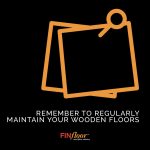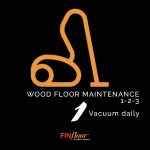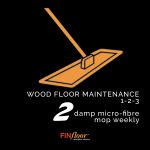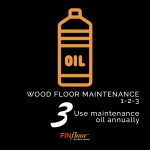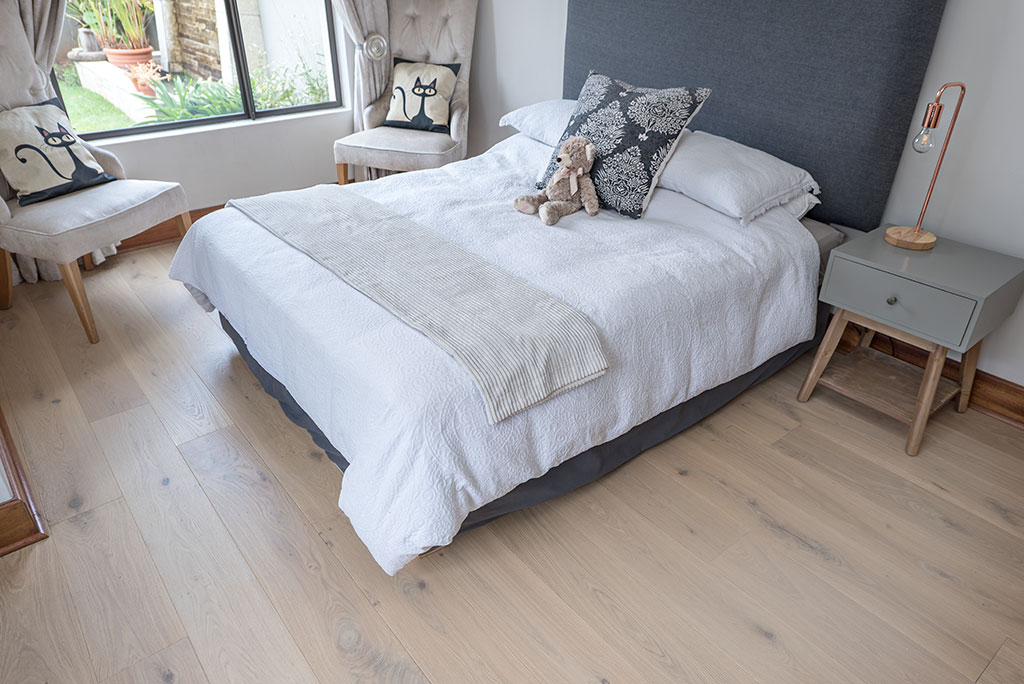As we all know winter in the highveld can be especially dry. Your skin starts to tighten and dry up and and your children’s rosy cheeks starting to crack from dryness, so too are your wooden floors drying out excessively.
Without proper care and regular maintenance to your wooden floors, this drying out of the floor can lead to cracks, also known as ‘checks’ in the flooring.

Surface checks
Surface checks are separations in the wood fibres that usually occur in, or adjacent to, the wood rays on the faces of boards. These separations occur during the early phases of the drying process where the external and internal stresses cause the wood to tear itself apart.
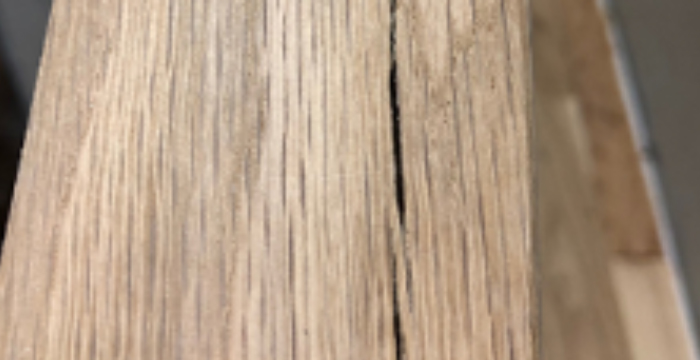
End checks
End-Checks – Like surface checks, end checks occur in, or adjacent to, the wood rays, but on the ends of the boards rather than the face. These separations occur due to the normal movement of moisture along the length of the boards, where the ends of the boards dry more rapidly leading to stress fractures on the ends.
What causes small splits/checks in wood?
They usually develop as a result of seasonal drying stress, and become apparent or visible with improper maintenance practices such as;
- Reduction in humidity level to below the manufacturers specified tolerances.
- Excessive water is used to clean the floors and remains on the floor long enough to seep between the boards during the cleaning process.
- With improper management of underfloor heating or surface heat from uncovered windows.
- Cracks may develop with the excessive cycling of very high and very low moisture levels (outside manufacturer’s recommended levels) within the installed area over an extended period of time. These conditions may be seasonal or regional.
What can you do to prevent this from happening to your floor?
To avoid this happening to your floors, we recommend the following:
- Feed your natural timber floors – using maintenance oils, this will limit/prevent cracking.
- Increase the humidity/ moisture levels in the home to at least, if possible 35% RH, by using a humidifier, pot plants (making sure the pots are lifted off/above the floor by at least 50mm, or if air conditioners are installed, check if they have a humidity setting, some of the better types do have this function.
- If there is underfloor heating make sure the client knows how to operate this during winter, remember the procedure, 3 day turn on/off.
Our recommended maintenance for wooden floor are the following:
- Vacuum daily.
- Mop weekly or when necessary using a damp micro fibre mop with 2 buckets and the Jax Wax Cleaner.
- Apply Jax Maintenance Oil annually or when the floor is looking a bit dry.
- Avoid leaving spills for long periods.
- Don’t use abrasive materials or harsh/ammonia based cleaners.
- To refresh the floors do a deep clean with the Jax Cleaner and a blue machine pad, then reapply the same oil colour with the red machine pad.
If you have small cracks and want to fix them, you can perform a small repair with wood filler, colour matched putties, stain markers, grain markers and if needs be replacing the split boards. It’s important to remember, small cracks / ‘Checks’ are permissible in all flooring grades at the time of manufacture. Check with the manufacturer’s grade standards and recommendations for addressing any of the problems noted here. If done correctly no repairs may be necessary.
